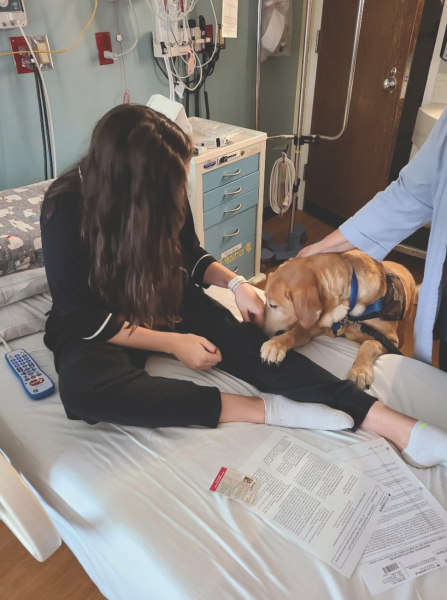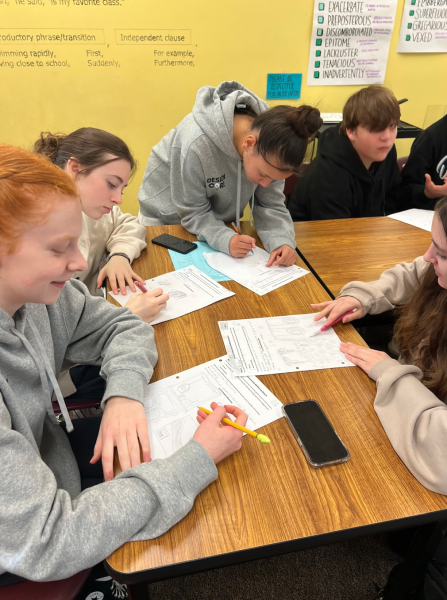New steering committee provides recommended changes to SRO program
February 1, 2021
The School Resource Officer Program, or SRO Program, has been undergoing a series of changes since October. If you’ve ever been inside of Tualatin High School, the SROs aren’t very hard to find: they’re usually in the hallways and wearing police uniforms.
The Tigard and Tualatin police departments describe the functions of SROs as, “much more than just responding to criminal activity within the school. Assigned SROs work to build relationships with both students as well as school staff by acting as a resource, being a daily presence in the schools and building rapport.”
Before this steering committee, three listening sessions were held in order to determine the thoughts and feelings that any and all community members had. Student surveys were sent out, but the responses lacked voices from students of color, who are arguably affected the most by these changes. In light of national events regarding police brutality, a steering committee then was organized for the reconstruction of the program while focusing on its relationship with the TTSD community. TTSD Communications Director Traci Rose and Equity Director Zinnia Un explained the motivation behind the steering committee’s creation.
“It stemmed from our community voices. Through board meetings, feedback from students and families as well as the socio-political impact of national news. Our community wanted to know how our school district and community saw our partnership and inquired about the impact on our students and community.”
This process is planned to be completed by April 1. By then, the new program should be ready for implementation by TTSD who collaborated with Tualatin and Tigard police departments. Participants in the process hope the program will help to promote equity amongst schools while honoring the collaboration between community members.
During these discussions, topics like outreach to marginalized and underserved communities rose in prominence, as well as the need for an increase of communication. The purpose and responsibilities of SROs were asked to be conveyed with more clarity. Primarily, there was a focus on developing positive relationships with students and their families. This is including but not limited to students of color, students in foster care, students facing houselessness and students with disabilities.
Conversations surrounding the militarized uniforms and gear of SROs were brought up, too. As far as training goes, community members asked that SROs would be trauma-informed and undergo training for anti-racism and implicit bias.
This program is still being refined and it will probably develop and change over time. Octavia Horne, who is the adviser for TuHS’s Black Student Union, emphasized the importance of student and staff input in future committees. These changes are happening because of voices in the community.
Some students expressed feeling uncomfortable with how militarized the SROs looked or their relationships with students of color. With more input, students can directly adapt their learning environment to their needs. As far as SROs go, this committee hopes to benefit the TTSD community, with staff, students and families included.







